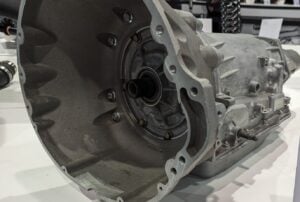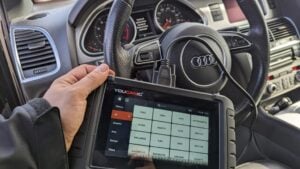Symptoms of a Bad Fuel Pump
Let’s look at the common symptoms of a bad fuel pump. If your car won’t start or keep dying, there is a good chance you have a bad fuel pump.
Symptoms
A failing fuel pump will show one of the following signs:
- The car won’t start
- Engine stalling,
- Engine runs rough
- Car hesitates to start.
- Engine hesitates at high RPMs
- Poor gas mileage, high fuel consumption
- The engine cranks and then shuts off.
How do you know the fuel pump is failing
There are a few signs that a fuel pump is on its way out. First, a whining noise can be heard coming from the fuel tank. Furthermore, your vehicle may experience performance problems.
For example, there may be a misfire due to low fuel pressure. Your car may also die when you step on the gas pedal. That means fuel is not keeping up with demand. Moreover, Your car may also hesitate when giving it gas. A bad fuel pump and a clogged catalytic converter can cause this problem.
Troubleshooting a bad fuel pump
The car will not start.
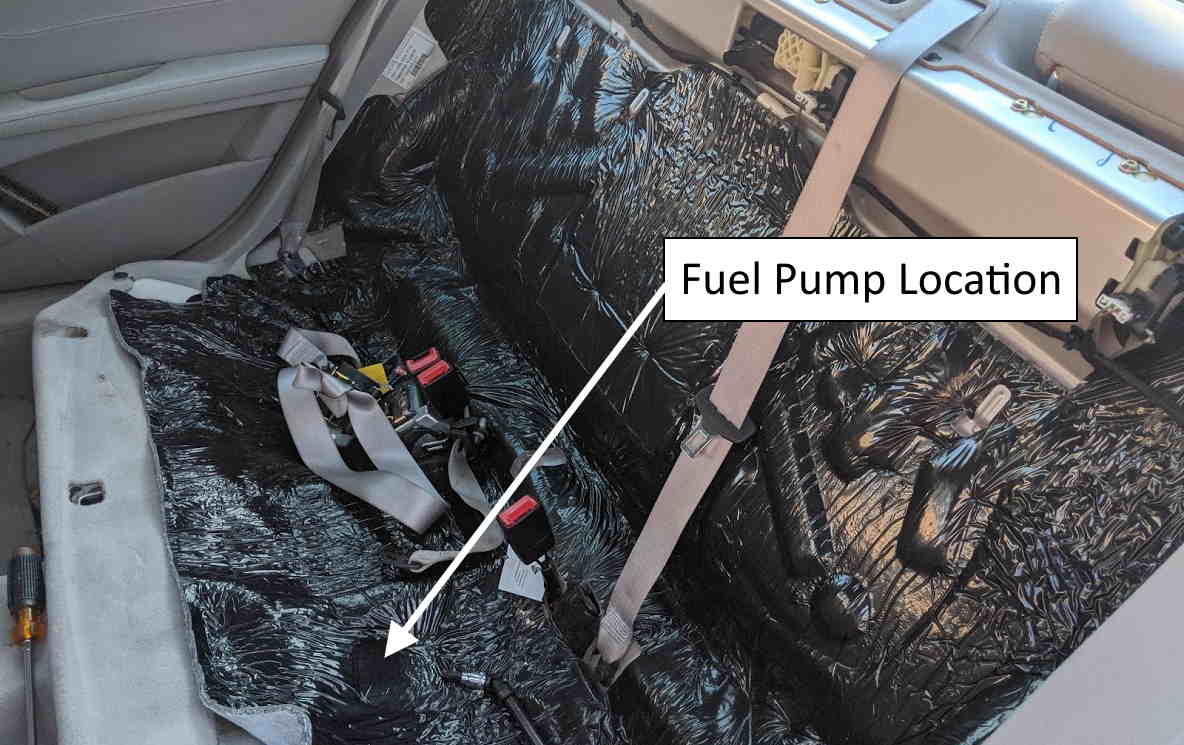
You should first check to verify the fuel pump is working. One way to do this is to listen for a humming noise from the fuel pump. The fuel pump is typically located right below the rear seat. If you turn on the ignition, you should hear the fuel pump engage for about 15 seconds with the ignition on.
The fuel pump is in the fuel tank at the back of the vehicle. Turn the key to the on position and turn off your radio. You will listen to a humming noise. The fuel pump will prime for 2 seconds, then turn off. At this point, you should be able to hear the fuel pump run if you do not hear the fuel pump humming in step #2.
Crankshaft Position Sensor
Note that a bad crankshaft position sensor may exhibit similar symptoms where the car will not start. When the CPS fails, you often have difficulty starting the car when the engine is hot.
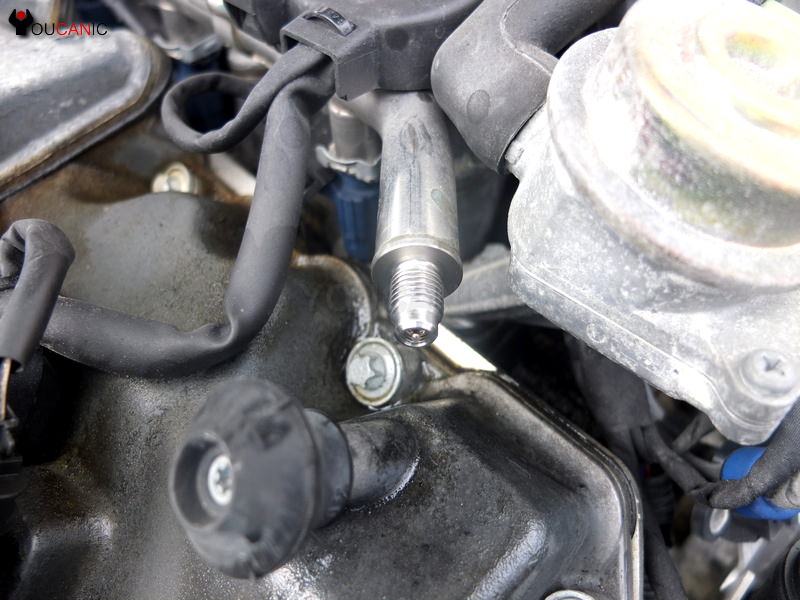
Check fuel pressure
There are a few ways to check for fuel pressure. For this step, you will need a fuel pressure test kit. First, locate the shredder valve located on the fuel pressure rail. Connect a fuel pressure gauge to the fuel pressure shredder valve. Turn the key to the on position.
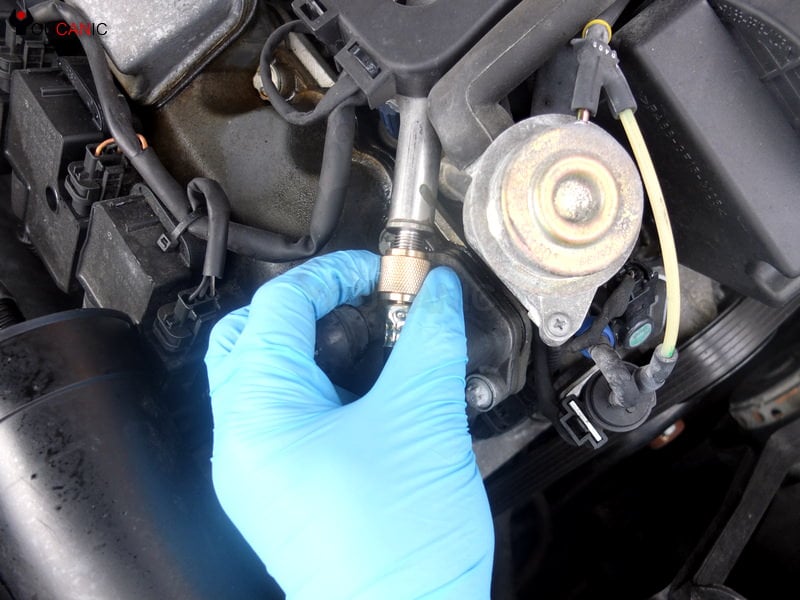
This will activate the fuel pump. If there is fuel pressure, the fuel pump is functioning properly. Check the fuel pressure specification online or use the manual that comes with your car.
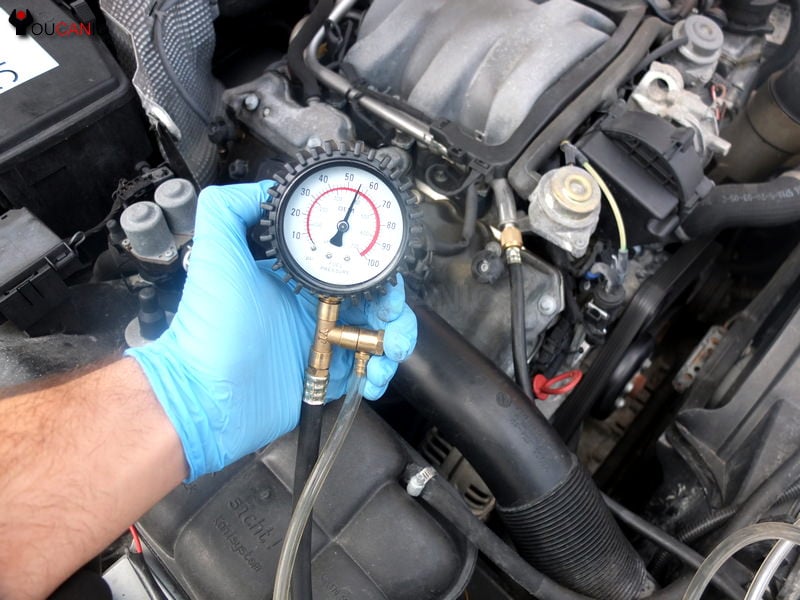
Most fuel pressure on a car runs between 35-55 psi. You can get a screwdriver and push down the shredder valve’s pin if you do not have a fuel pressure gauge. Some fuel should be released. Be mindful not to get fuel in your eyes. Maintain distance. If there is no fuel pressure, go to step #3.
Check fuses
Use a digital multimeter to check for a blown fuel pump fuse. Locate the fuse box. Usually, it is mounted in the engine bay by the side or underneath the steering wheel.
Check the fuse by using a test light. Put the test light on the battery’s negative side and touch the terminal on the fuse. The test light should light up on both sides of the fuse. If the test light does not light up, remove the fuse and inspect it. If it is blown, replace it. Next, check the relay.
Check the fuel pump relay
The fuel pump relay may have failed, so no power is sent to the pump. Checking the fuel pump relay is a simple procedure that you can perform using a digital multimeter. Fuel pump relays are usually four posts and are very inexpensive to replace.
Check for power at the fuel pump
The next step would be to check for power at the fuel pump. Unplug the wire harness from the fuel pump. Connect a digital multimeter to the plug and turn on the ignition. You should read 12-14 volts at the fuel pump.
Read Fault Codes
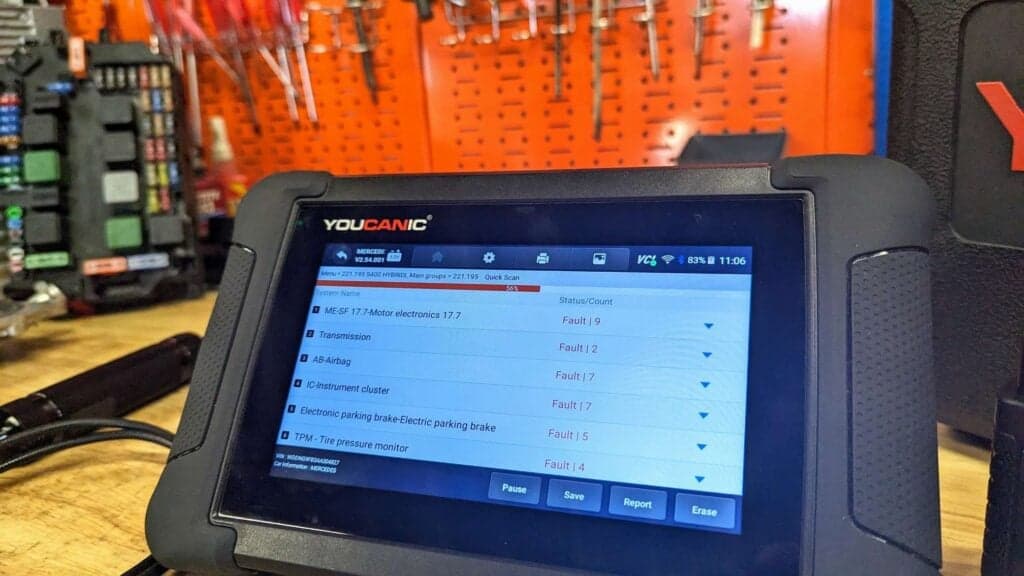
If you have a code reader, read the fault codes from the ECU. A current diagnostic trouble code or stored codes can help determine why the engine won’t start. The YOUCANIC Full System Scanner can help you easily read and clear codes from all the systems in your vehicle.
We hope you find the Symptoms of a Bad Fuel Pump guide helpful. Check these troubleshooting and repair guides for more help on your vehicle.



